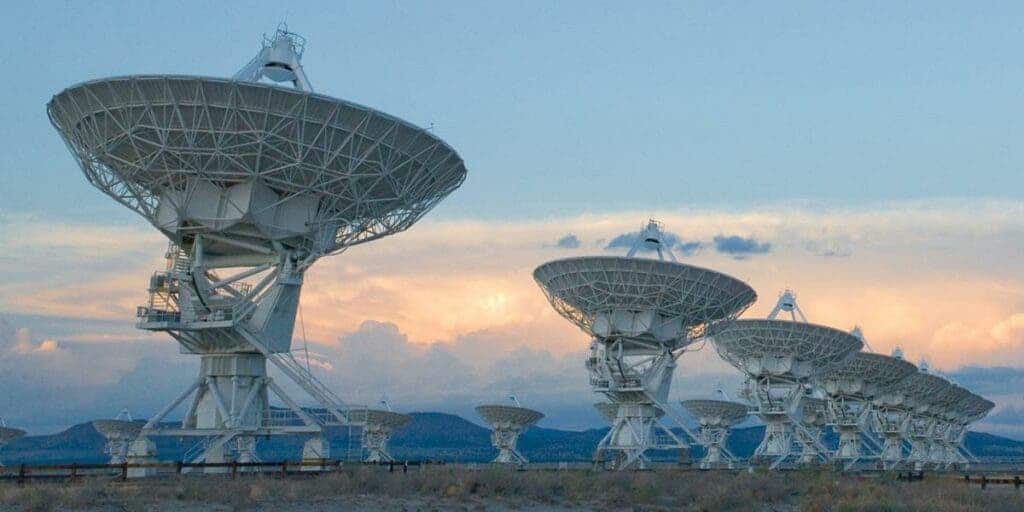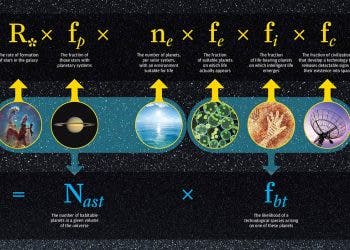Dr. Eamonn Kerins, an astrophysicist from the University of Manchester, has an idea for the Search for Extraterrestrial Intelligence (SETI). It consists of a strategy called Mutual Detectability based on coordination game, a strategy in which both players make the same decision.

Imagine you’re at a concert and your phone battery is dead, but you need to find a friend. How do you do it?
Here’s an approach: both of can you employ the same strategy and find each other in the middle of the crowd. In this situation, both parties win a payoff for having the same desire and the same decisions. This is what Mutual Detectability is about. If two civilizations have enough knowledge of each other, it is likely they will try to communicate and reach each other. This type of strategy rationalization is the basis of game theory, and Kerins believes applying game theory to SETI could be a fruitful strategy.
Opposites don’t always atract
One obstacle for the civilizations looking for other civilizations has to do with technological advancement. When one civilization is more powerful than the other, the less powerful will feel less comfortable in making contact — for obvious reasons. Any civilization looking for others would have an incentive to listen, but not send out signals, so our galaxy might be full of listeners not able to find each other.
However, even if two civilizations are trying to find each other, they might not be able to if they use very different technologies. This could be avoided, says Kerins, if the more advanced civilization would use less-advanced signals. But you’d still need to actually be able to find them. This leads to the SETI paradox, if intelligent beings are looking for intelligent beings but not trying to reach out, then SETI is in vain.
Where to look?
Kerins points to the importance of the region of the Earth Transit Zone(ETZ). The idea is simple: not all planets in the universe can see us. If an alien civilization can observe us when our planet passes in front of the Sun and reduces its luminosity, they will be able to detect us. This is called the transit method, used by astronomers to detect exoplanets.
ETZ is the optimal area in which other beings could detect us in the galaxy using the transit method. Success in mutual detectability could mean detecting planets in the habitable zone and that are in the ETZ region. Similarly, we should focus on detecting potentially habitable planets that could be able to see us.

Good news is, there’s at least one planet that fits the bill.
K2-155 d is a Super-Earth in the habitable zone that happens to be in ETZ. The planet orbits an M dwarf star, the smallest type of star we know of, but it orbits it close enough to potentially have habitable temperatures. This type of star also makes the transit method easier to succeed, because a relatively small star has a clearer response to the transit. In other words, we see it blinking more clearly. That would be one starting to point SETI telescopes at.
But we already know many exoplanets. Only the Kepler mission discovered 2,662 planets in nearly 10 years of service. If we continue the search for planets and match the criteria stated by Dr. Kerins, our chances of communication would increase and the loneliness of Earth could end.
The theory was published in The Astronomical Journal.






